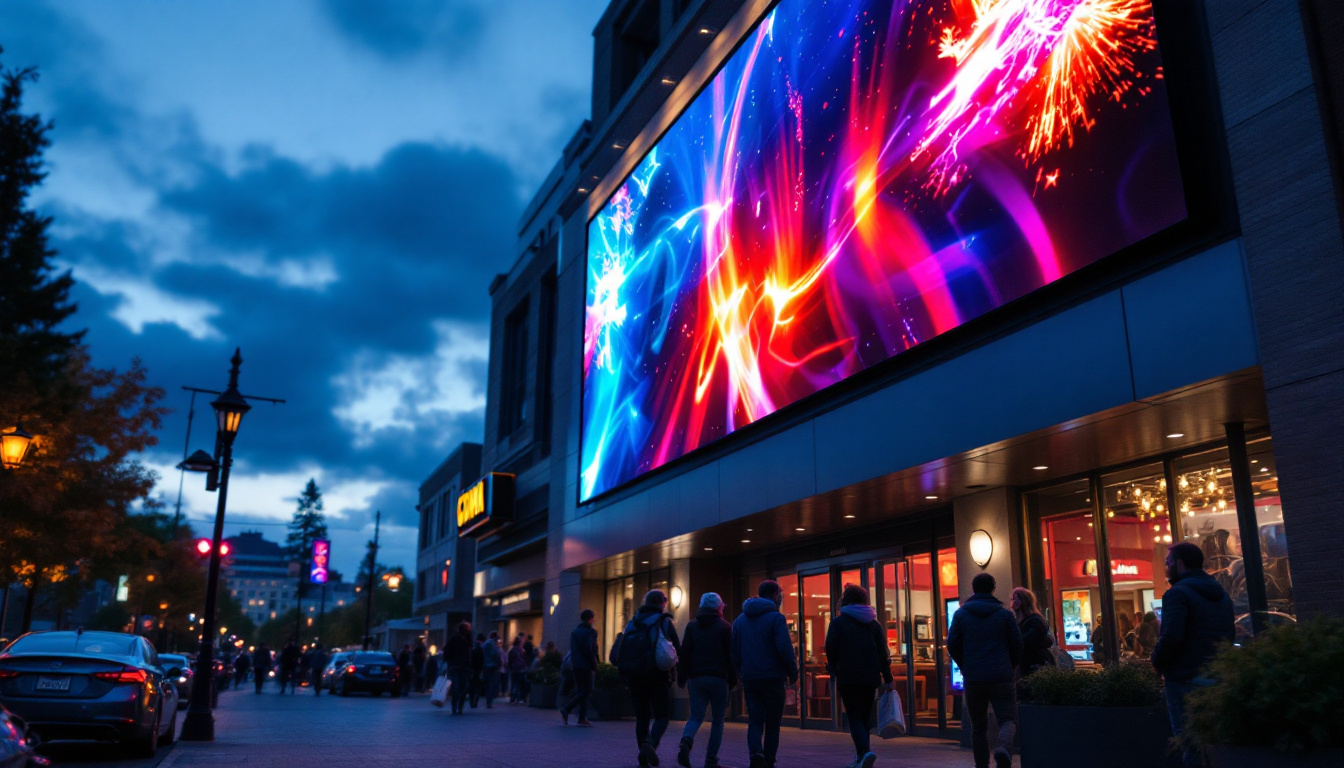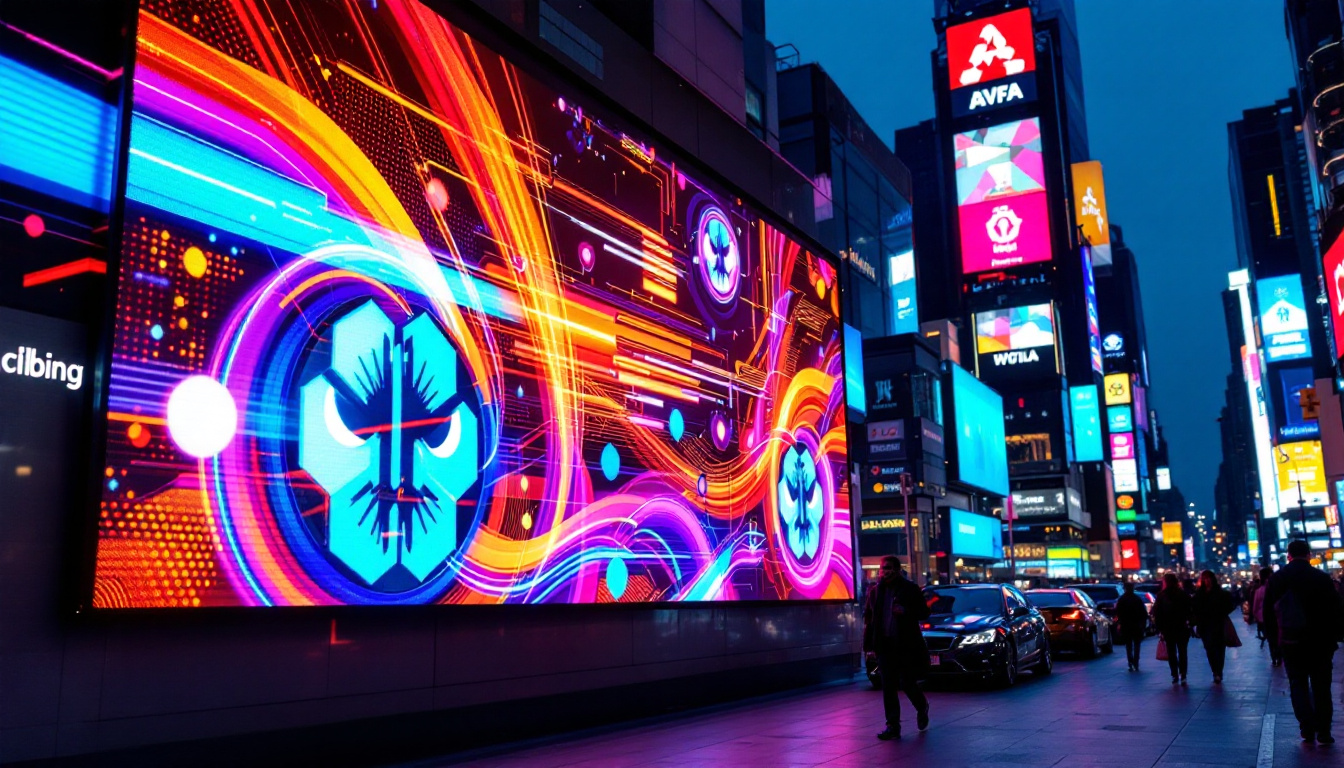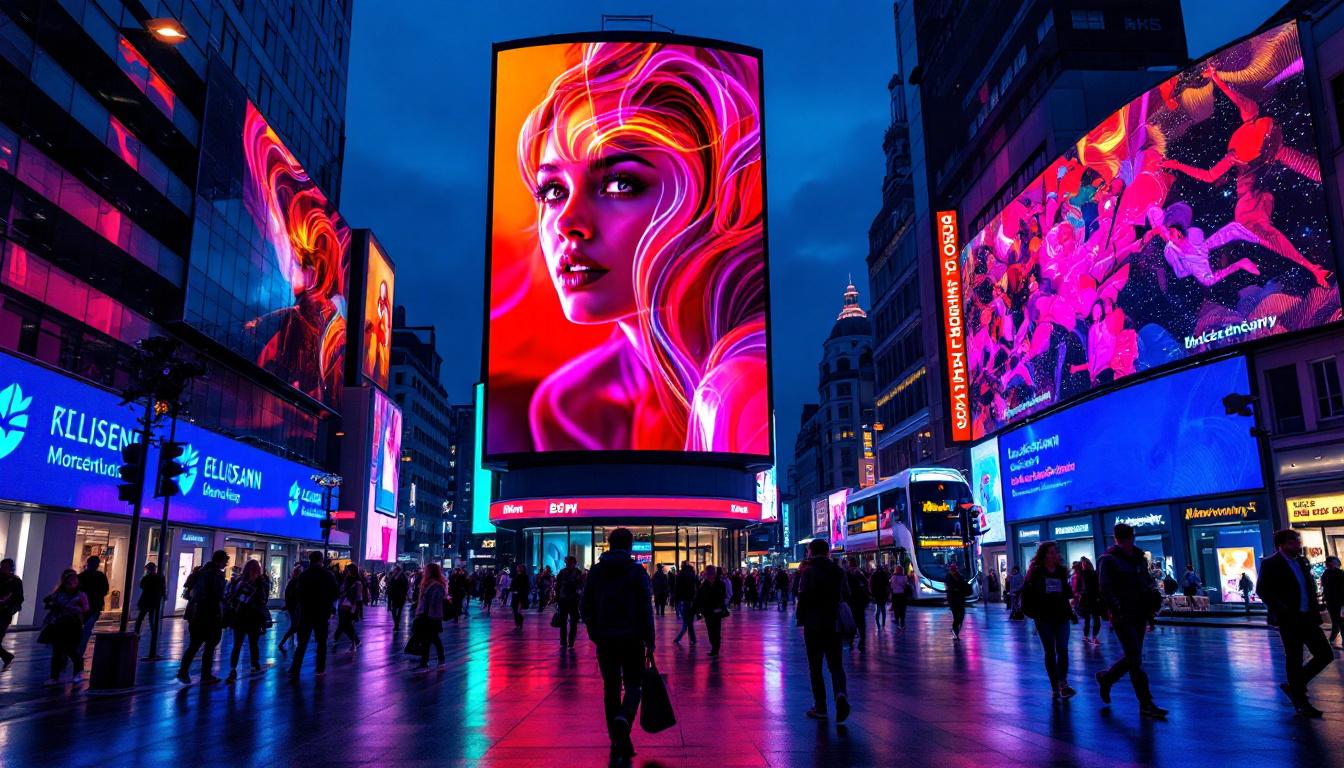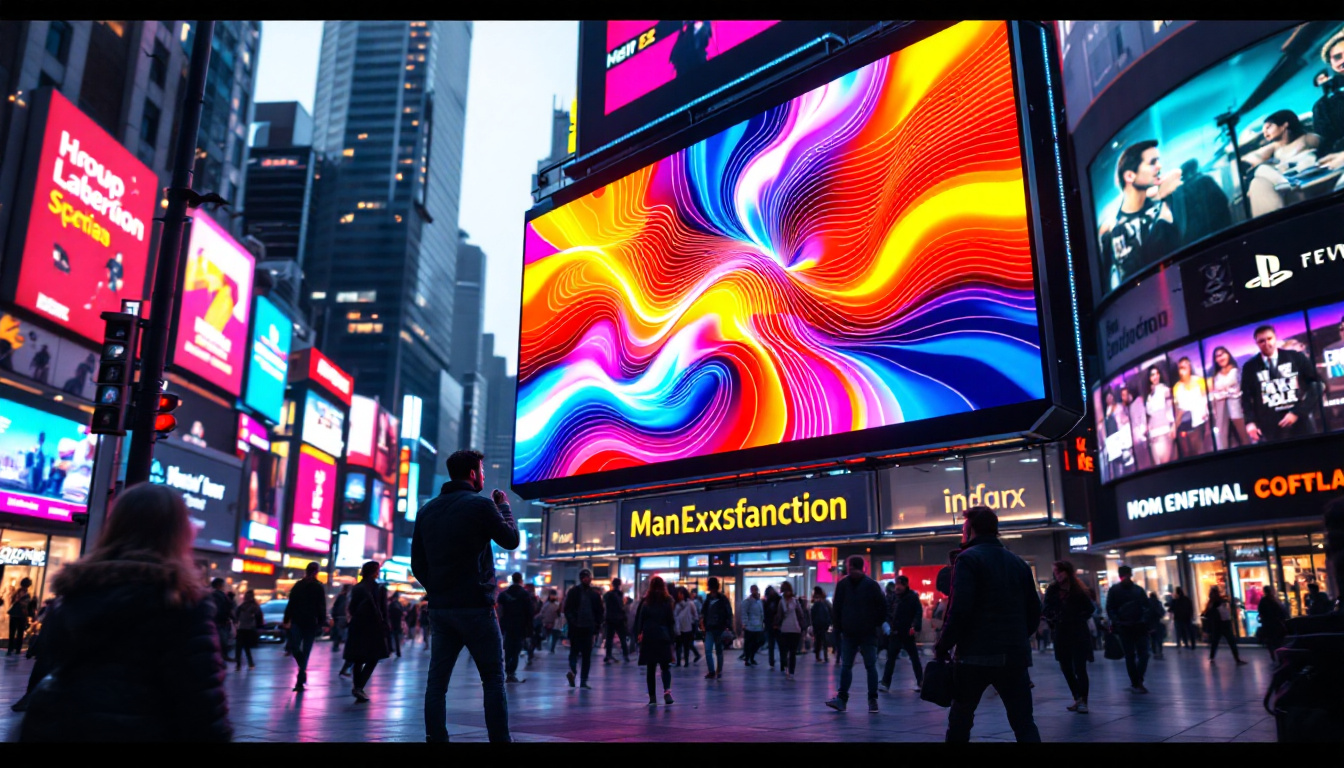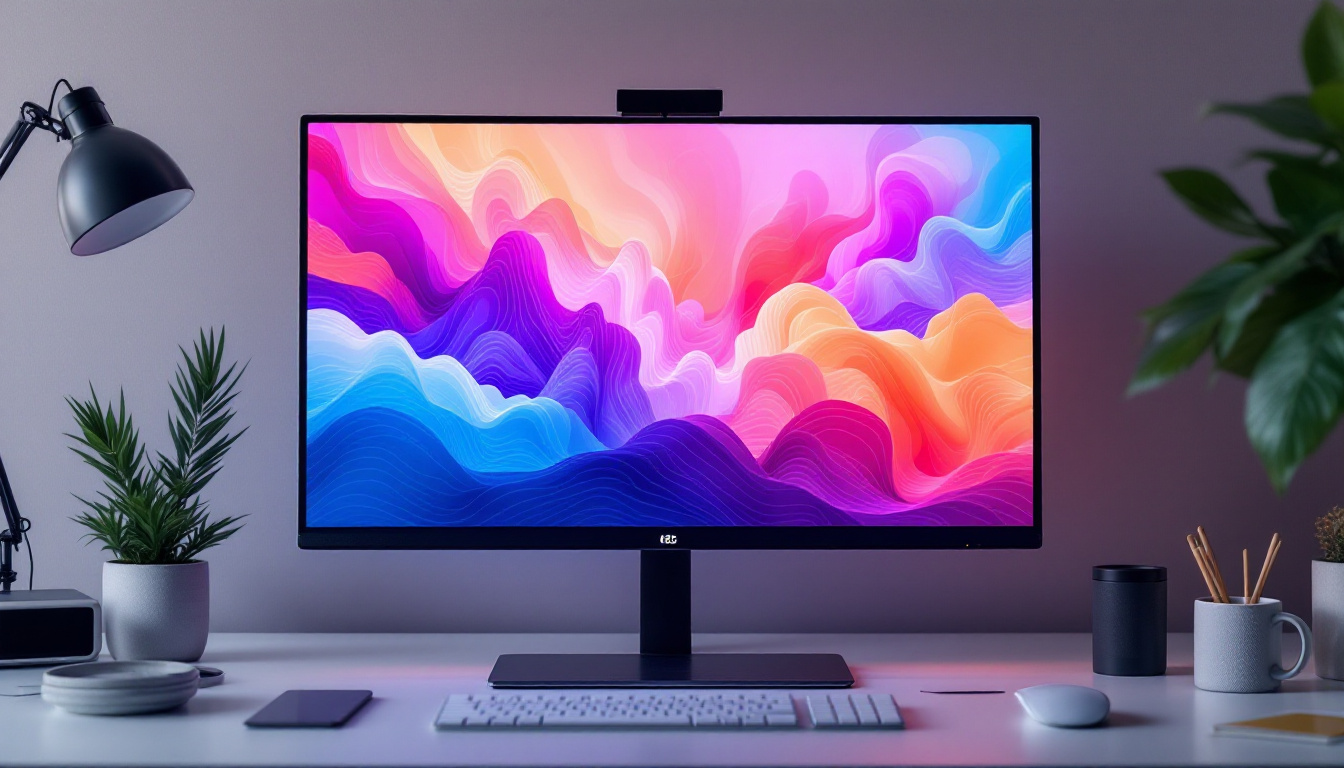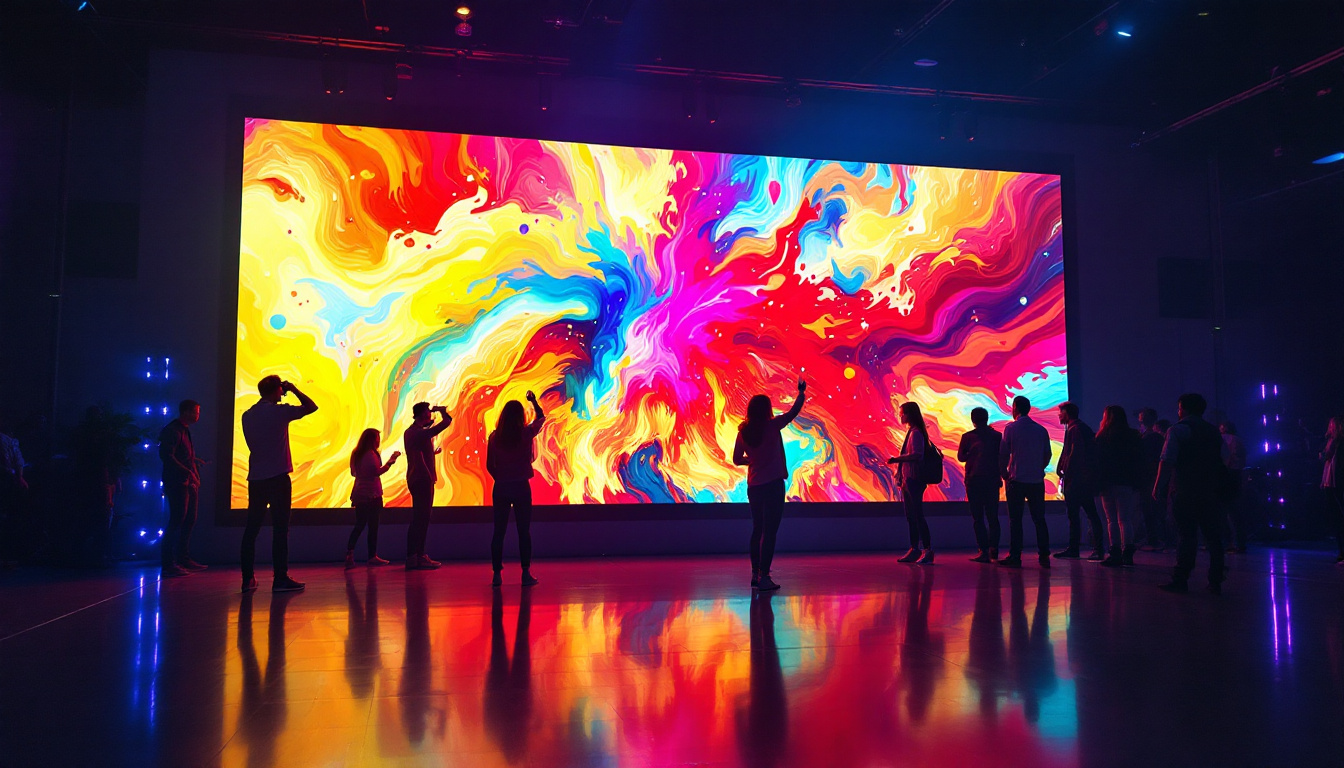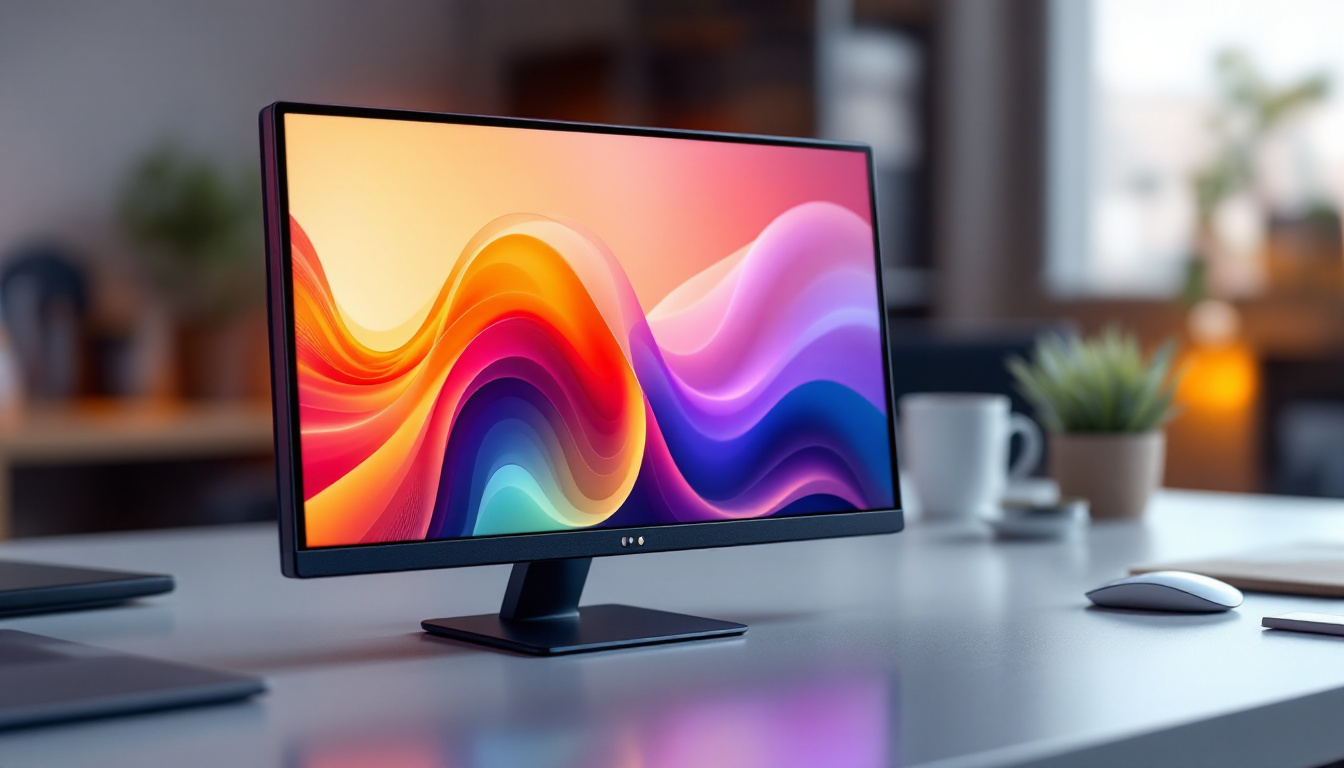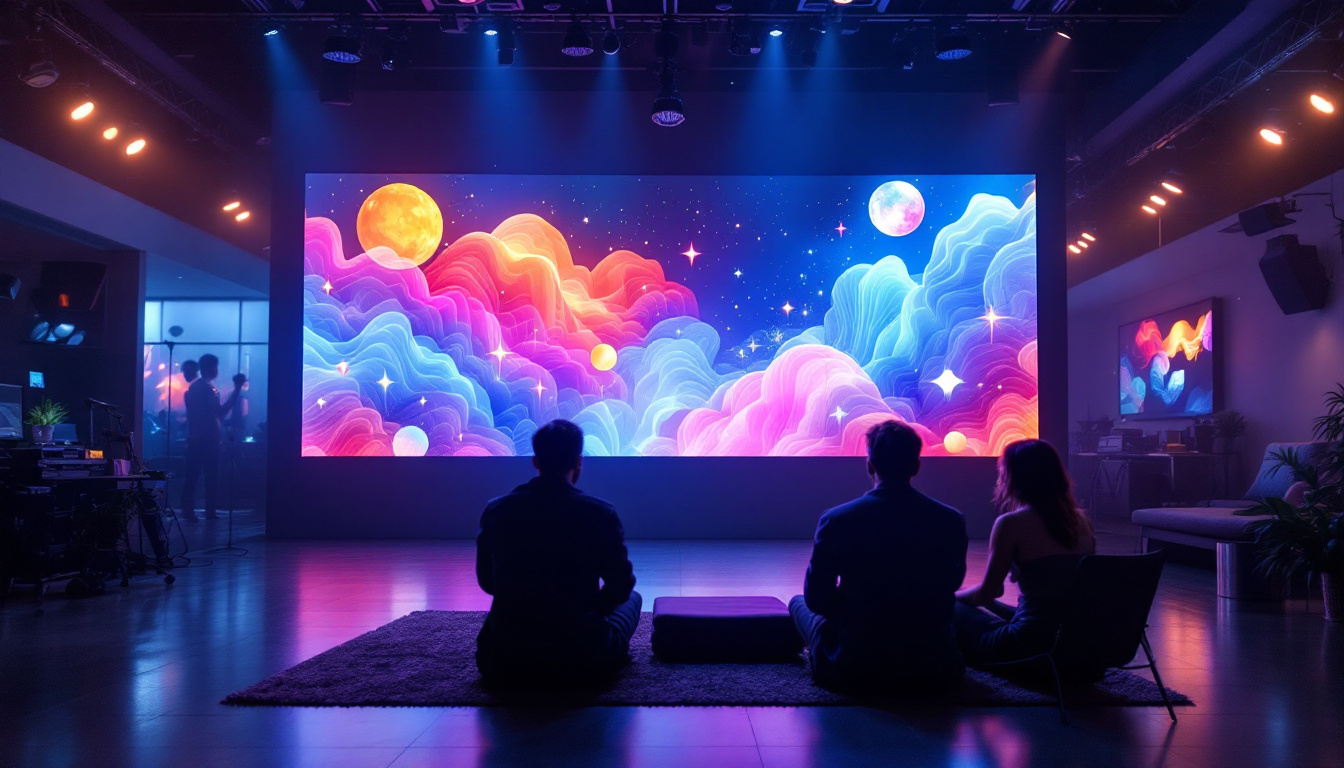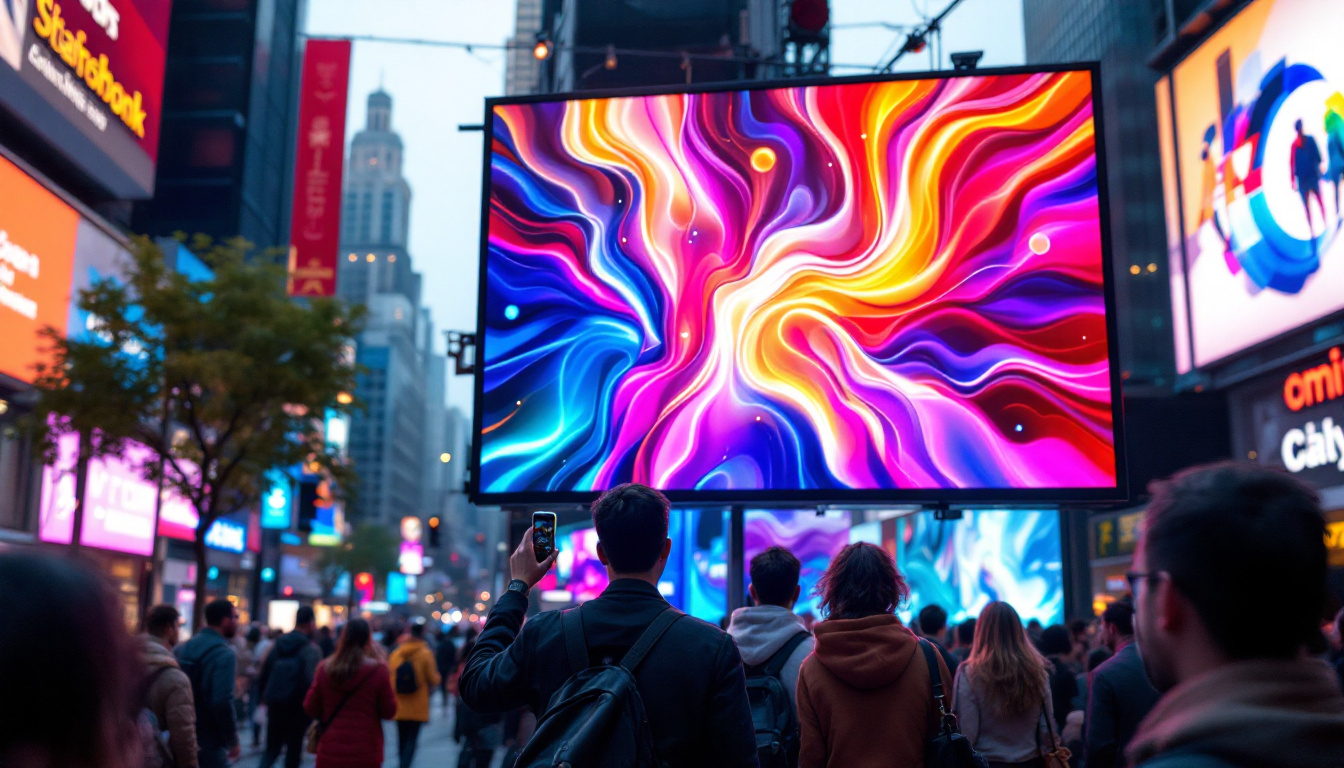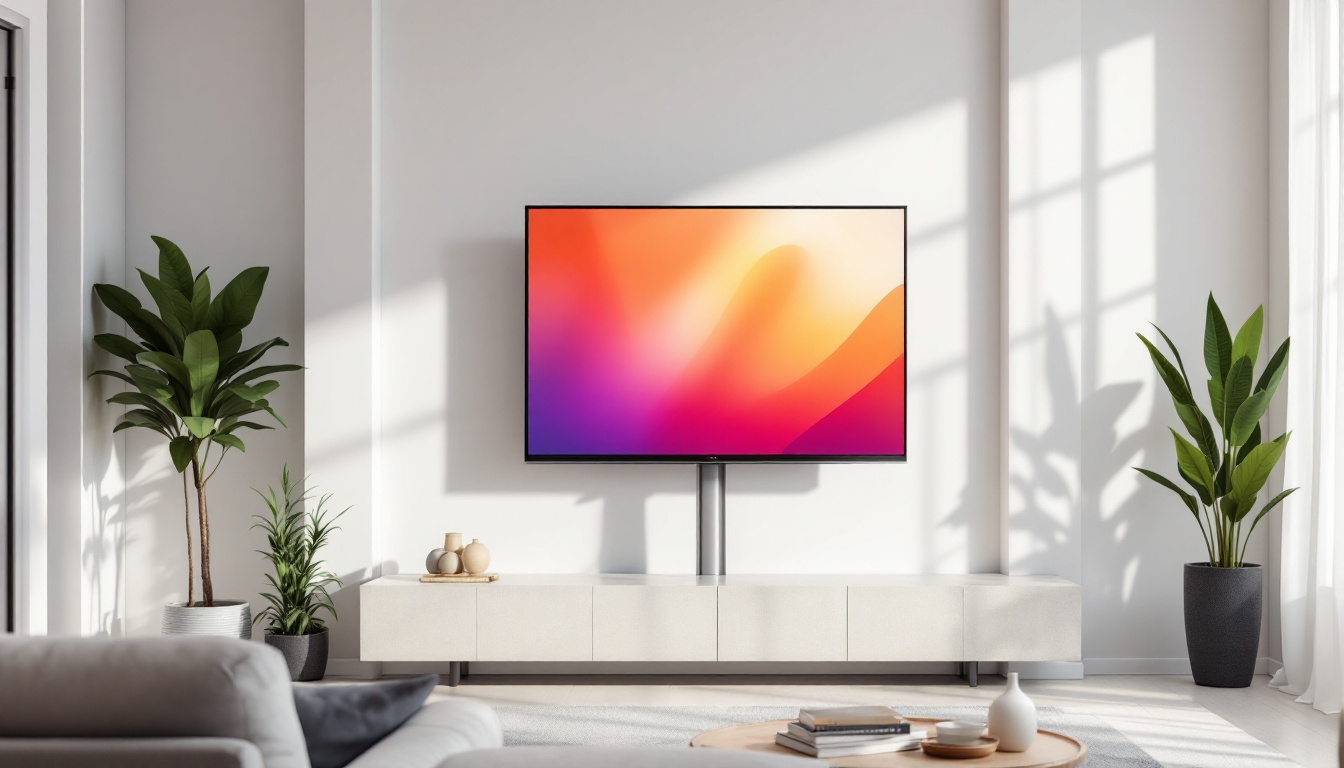How To Turn Off HDR On YouTube: LED Display Explained
High Dynamic Range (HDR) has revolutionized the way we experience video content, offering enhanced contrast, brightness, and color depth. However, not every viewer enjoys the HDR experience, especially when it comes to platforms like YouTube. This article will guide you through the process of turning off HDR on YouTube, while also exploring the intricacies of LED displays and how they interact with HDR content.
Understanding HDR and Its Benefits
HDR technology allows for a wider range of colors and brightness levels in video content. This means that scenes that are very bright or very dark can be displayed with more detail, providing a more immersive viewing experience. For many, HDR is a game-changer, making visuals pop and enhancing the overall quality of the content.
What is HDR?
High Dynamic Range (HDR) refers to a set of techniques used in imaging and photography that allows for a greater dynamic range of luminosity than standard digital imaging techniques. This allows for a more realistic representation of scenes, particularly those with stark contrasts between light and dark.
In practical terms, HDR content can display brighter highlights and deeper shadows, resulting in images that appear more lifelike. This is particularly beneficial for genres like nature documentaries or action films, where visual detail is crucial. The technology works by capturing multiple exposures of the same scene and combining them to create a single image that encompasses the full range of light, from the darkest shadows to the brightest highlights.
Benefits of HDR on YouTube
YouTube has embraced HDR technology to enhance the viewing experience for its users. When watching HDR videos, viewers can enjoy richer colors and improved detail in both bright and dark areas of the picture. This is particularly noticeable in videos that have been specifically shot or edited to take advantage of HDR capabilities.
Moreover, HDR can make a significant difference in the viewing experience on larger screens, where the enhanced color range and brightness can be more readily appreciated. For users with compatible devices, HDR can transform the way they consume content, making it feel more engaging and immersive. The platform supports various HDR formats, including HDR10 and Dolby Vision, allowing creators to choose the best option for their content. This versatility means that a wider array of videos can be enjoyed in HDR, from cinematic films to user-generated content, providing a richer tapestry of visual experiences for all viewers.
In addition to the aesthetic improvements, HDR also plays a role in accessibility. For viewers with visual impairments, the enhanced contrast and clarity can make it easier to distinguish between elements in a scene. This inclusivity is an important aspect of modern content creation, ensuring that more people can enjoy the artistry and storytelling that video offers. As HDR technology continues to evolve, it is likely that we will see even more innovative applications that push the boundaries of visual storytelling on platforms like YouTube.
Why Turn Off HDR on YouTube?
Despite the advantages of HDR, there are several reasons why a viewer might choose to turn it off. Some users may find that HDR content appears overly bright or unnatural on their displays, leading to an uncomfortable viewing experience. Additionally, not all devices handle HDR content equally, which can result in inconsistent quality.
Common Issues with HDR
One of the primary issues users face with HDR content is the potential for color distortion. On some displays, HDR can lead to oversaturation, causing colors to appear unrealistic. This is particularly true for LED displays that may not be fully optimized for HDR playback.
Furthermore, HDR content can sometimes lead to increased latency or buffering issues, especially on slower internet connections. For users who prioritize smooth playback over enhanced visuals, turning off HDR may be a more suitable option.
Device Compatibility
Not all devices support HDR, and even among those that do, performance can vary widely. Older televisions or monitors may struggle to display HDR content correctly, leading to a subpar viewing experience. In such cases, disabling HDR can help maintain a more consistent and enjoyable picture quality.
Additionally, some users may prefer the standard dynamic range (SDR) for specific types of content, such as older films or videos that were not originally produced with HDR in mind. Turning off HDR allows for a viewing experience that aligns more closely with the creator’s original intent.
How to Turn Off HDR on YouTube
Turning off HDR on YouTube is a straightforward process. Whether you are using a smart TV, a computer, or a mobile device, the steps are relatively similar. Below are detailed instructions for various platforms.
On Smart TVs
To turn off HDR on YouTube when using a smart TV, follow these steps:
- Open the YouTube app on your smart TV.
- Navigate to the video you want to watch.
- While the video is playing, press the ‘Options’ or ‘Settings’ button on your remote control.
- Look for the ‘HDR’ option in the settings menu.
- Select ‘Off’ to disable HDR for that video.
Keep in mind that these steps may vary slightly depending on the brand and model of your TV. If you cannot find the HDR option, consult your user manual for specific instructions.
On Computers
Disabling HDR on YouTube while using a computer is also quite simple. Here’s how:
- Open your web browser and go to YouTube.
- Play the video you wish to watch.
- Click on the gear icon (settings) in the lower right corner of the video player.
- In the settings menu, locate the ‘Quality’ option.
- Select ‘Advanced’ and then choose ‘HDR Off’ or ‘Standard’ to disable HDR.
These settings will apply to the current video you are watching. If you want to turn off HDR for all videos, you may need to adjust your display settings in your operating system.
On Mobile Devices
For those watching YouTube on mobile devices, the process is slightly different:
- Open the YouTube app on your smartphone or tablet.
- Find and play the video you want to watch.
- Tap on the video to bring up the controls, then tap the three vertical dots in the upper right corner.
- Select ‘Quality’ from the menu.
- Choose ‘HDR Off’ or select a lower quality setting that does not include HDR.
As with computers, these changes will only affect the video you are currently watching. For a more permanent solution, consider adjusting your device’s display settings.
Adjusting Your Display Settings
In addition to turning off HDR within the YouTube app, users can also adjust their device’s display settings to prevent HDR content from being displayed in the first place. This can be particularly useful for users who frequently watch videos on YouTube and prefer a consistent viewing experience.
For Windows Users
If you are using a Windows computer, you can adjust your display settings to disable HDR:
- Right-click on your desktop and select ‘Display settings.’
- Scroll down to the ‘Windows HD Color’ section.
- Toggle off the ‘Play HDR games and apps’ option.
This will disable HDR for all applications, including YouTube, ensuring that you have a standard viewing experience across the board.
For macOS Users
Mac users can also adjust their display settings to turn off HDR:
- Click on the Apple menu and select ‘System Preferences.’
- Go to ‘Displays’ and select the ‘Display’ tab.
- Uncheck the ‘High Dynamic Range’ option if it is selected.
This adjustment will ensure that HDR content is not displayed, providing a more consistent viewing experience on YouTube and other platforms.
Understanding LED Displays and HDR
LED displays have become the standard for modern televisions and monitors, but their interaction with HDR content can vary significantly. Understanding how LED technology works can help users make informed decisions about their viewing preferences.
How LED Displays Work
LED (Light Emitting Diode) displays use a backlighting system to illuminate the screen. This technology allows for thinner screens and brighter images compared to traditional LCD displays. However, the quality of HDR playback on LED displays can depend on several factors, including the type of LED technology used.
There are two main types of LED displays: edge-lit and full-array. Edge-lit displays use LEDs positioned along the edges of the screen, while full-array displays have a grid of LEDs behind the screen. Full-array displays generally provide better HDR performance, as they can achieve higher brightness levels and more precise local dimming.
Challenges with HDR on LED Displays
While LED displays can deliver impressive HDR visuals, they also come with challenges. One common issue is blooming, where bright areas bleed into darker regions of the screen. This can be particularly noticeable in scenes with high contrast, detracting from the overall quality of the HDR experience.
Additionally, not all LED displays are created equal. Some may struggle to reach the brightness levels necessary for effective HDR playback, resulting in a lackluster viewing experience. Users should consider their display’s specifications and capabilities when deciding whether to enable or disable HDR.
Conclusion
Turning off HDR on YouTube can enhance the viewing experience for users who prefer a more traditional approach to video playback. Whether due to device compatibility issues, personal preference, or challenges with LED displays, there are valid reasons for disabling HDR.
By understanding the benefits and drawbacks of HDR technology, as well as the steps to turn it off on various devices, viewers can tailor their YouTube experience to their liking. Whether enjoying vibrant colors and contrasts or opting for a more subdued viewing experience, the choice ultimately lies in the hands of the viewer.
As technology continues to evolve, staying informed about these options will ensure that everyone can enjoy their favorite content in the best way possible.
Explore Cutting-Edge LED Display Solutions
If you’re passionate about optimizing your viewing experience or enhancing your brand’s visibility with the most advanced display technology, LumenMatrix has you covered. As a leader in LED display innovation, we offer a wide range of solutions tailored to meet your needs, from Indoor and Outdoor LED Walls to Custom and All-in-One LED Displays. Experience the difference in visual communication with our LED Transparent Displays and captivate your audience like never before. Check out LumenMatrix LED Display Solutions today and see how we can transform your space with clarity and impact.


